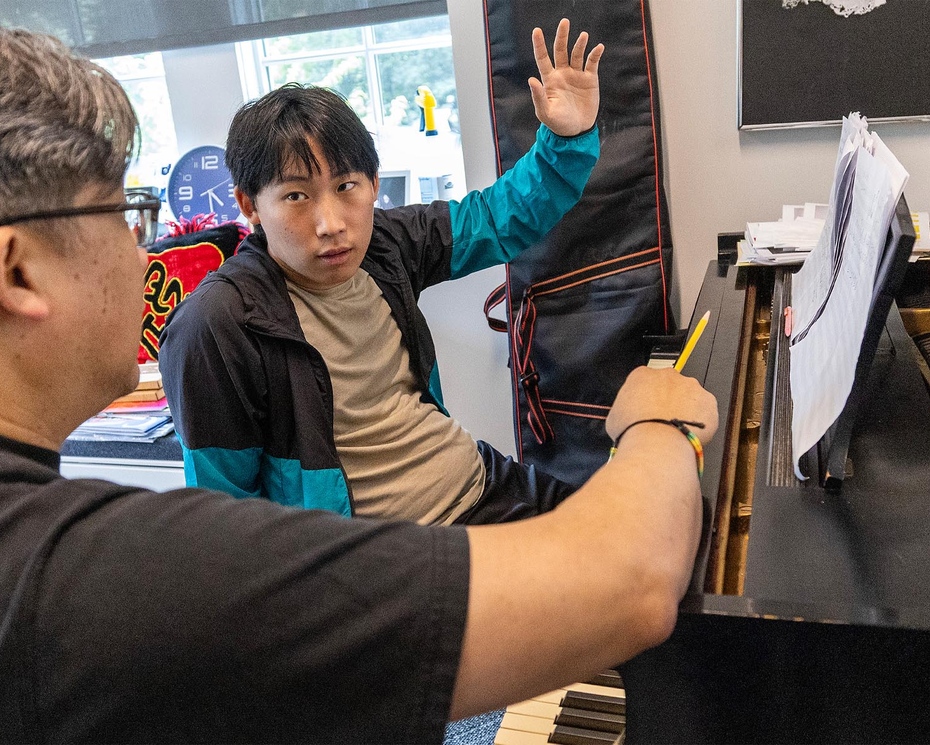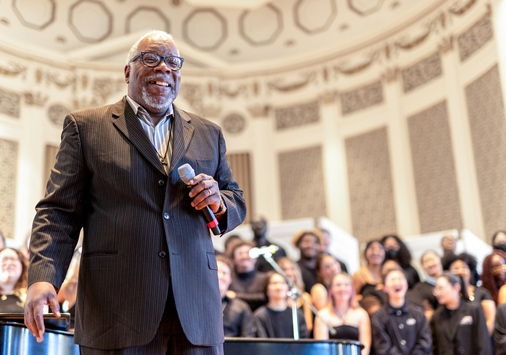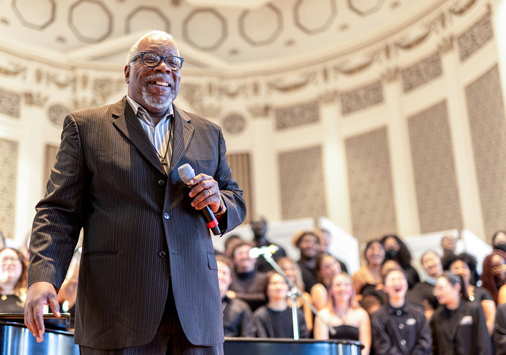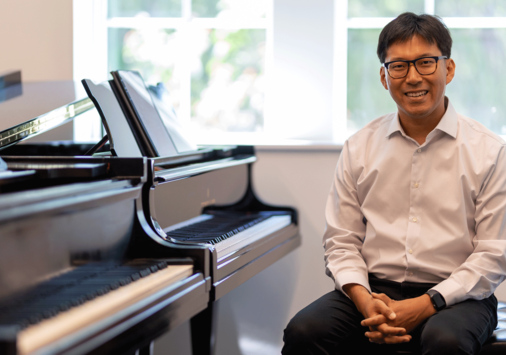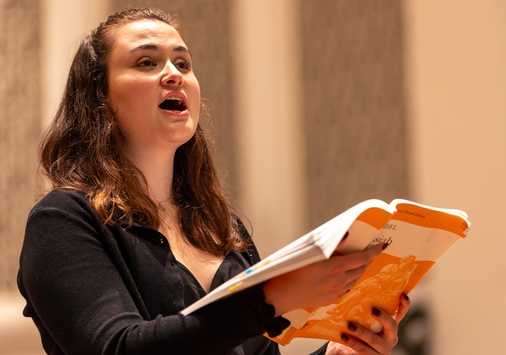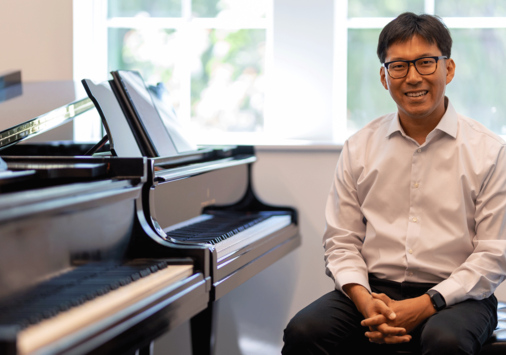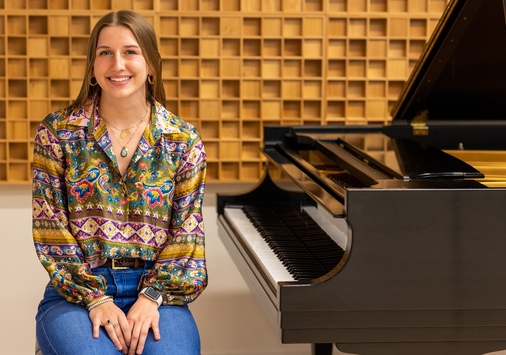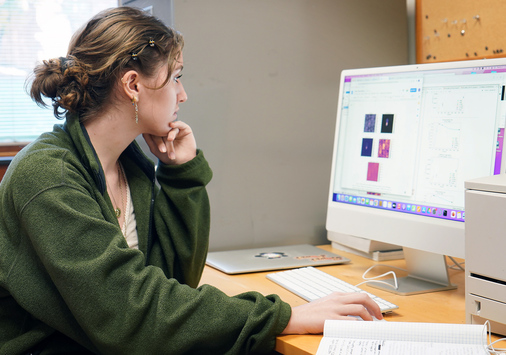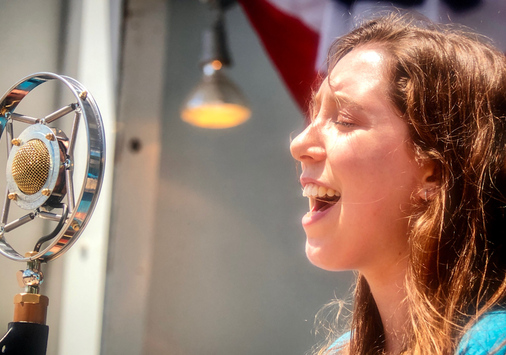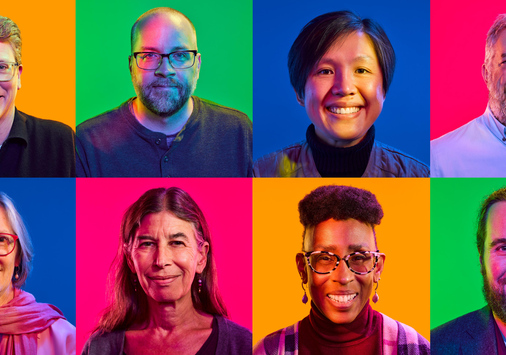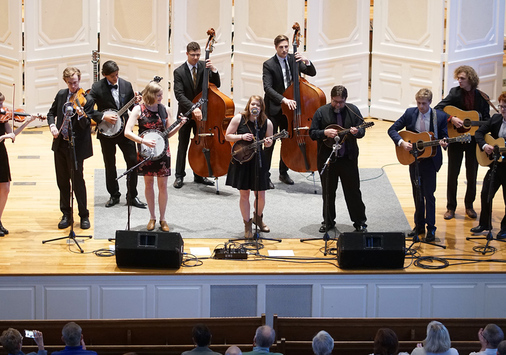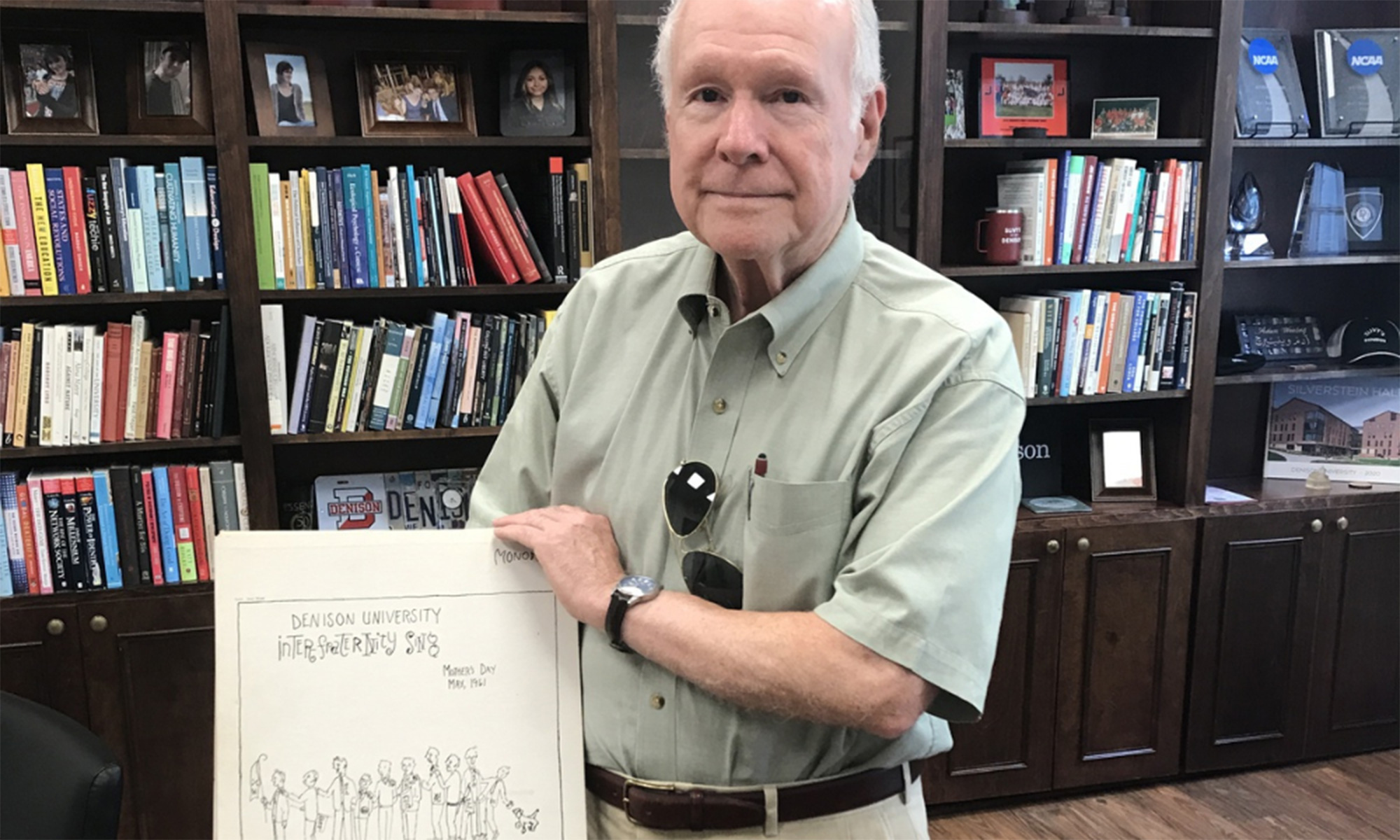
When Scott Whitlock ‘64 and John Carlisle ‘64 carried a huge black-box recorder into the media section of the 1960 presidential election, they had two things on their minds: WDUB “The Doobie,” and business.
Both were freshmen at the time. They had a radio show together: Carlisle played Top 100 Hits and Whitlock chimed in every half-hour with five minutes of news, ripped from the UPI newswire.
The two watched WDUB go on air as a broadcast station. “Not too many students would hear it — I mean, it was a 10 watt FM station — but we were a great team. We would occasionally tape things.
“In the fall of 1960, there was a significant presidential election — John F. Kennedy and Richard Nixon. We took the great reel-to-reel recorders over to the state house in Columbus, got down into the press box with the microphones, and covered their speeches in October,” said Scott Whitlock.
The two got to see how the campaign press worked, which paid off for both parties in later endeavors, but they also learned the technique needed to operate recording devices. Reel-to-reel tape recorders are about two square feet in size, 55 pounds, and fussy.
“Two black boxes made up this recording machine, and I learned how to edit tapes. You could flip up this little safety lid and see the heads. The line on the head represented how the tape was magnetized, editing by manually turning the wheels until you had it exactly where you wanted it. Then you’d cut it, and splice in either more tape or a leader,” Whitlock said.
The two got an idea to turn their experience into a business. WDUB subscribed to Billboard magazine, which also sent vinyls of Top 100 hits to the station. In that magazine, Whitlock saw an ad for a company that offered to make vinyl records from tape. The two freshmen got to work.
“It seemed obvious! We thought, there could be a business if we could record something at Denison. We focused on recording the interfraternity song competition in the spring of 1961. We got another student to do the art on the album cover. We thought, the way to sell these is to advertise them with flyers at the event, and we targeted the parents, of course. We had tables and recruited students to sit in front of Swasey Chapel and as the parents came out, we would take orders for records.”
This plan, of course, relied on Carlisle and Whitlock to tape the event and do most of the grunt work finalizing the project.
“Meanwhile, we had taped this — of course, we only had a single tape and it was unedited. A tramp of people came in, and we had to cut it down to fit onto a vinyl record. So then, having sold well over 150 records that day, we got the big recording box out and started cutting the tape, hoping we didn’t make a mistake. This was a real business,” he said.
“We sent it off, put together the album cover, found a company in Newark that would make cardboard shipping boxes for us, and I think we might have even had mailing labels printed out. We produced that record, and it was successful, so we decided to produce more.”
All great businesses have a name.
“We got a state vendor license under the name Monomoy Audio Company. John was an ATO pledge living in Monomoy. The pledge colony loved there, before they built a house and moved up The Hill,” Whitlock said. “So, we named it Monomoy Audio.”
The Monomoy logo sits on the outer and inner corner of the white and red vinyl covers. A pen drawing of fraternity brothers is surrounded by decorative lettering, stating “Denison University Interfraternity Sing, Mother’s Day, May 1961.”
These days, recording doesn’t require reel-to-reel, records, or razor blades. But without those things, and without the entrepreneurship of Carlisle and Whitlock, we wouldn’t have these small, but invaluable, pieces of Denison history.
